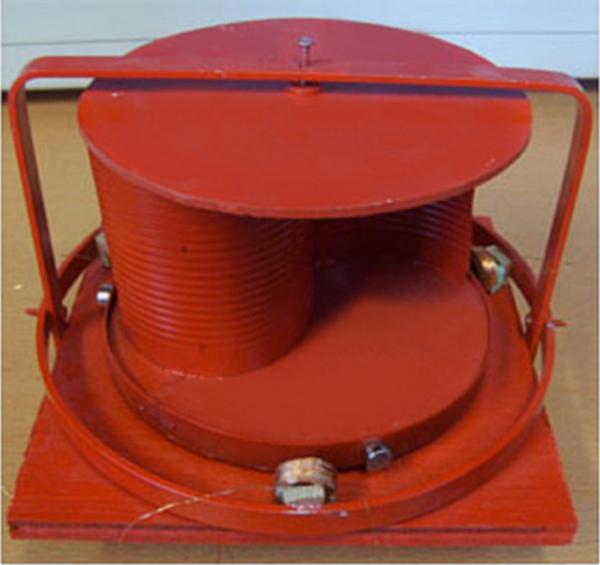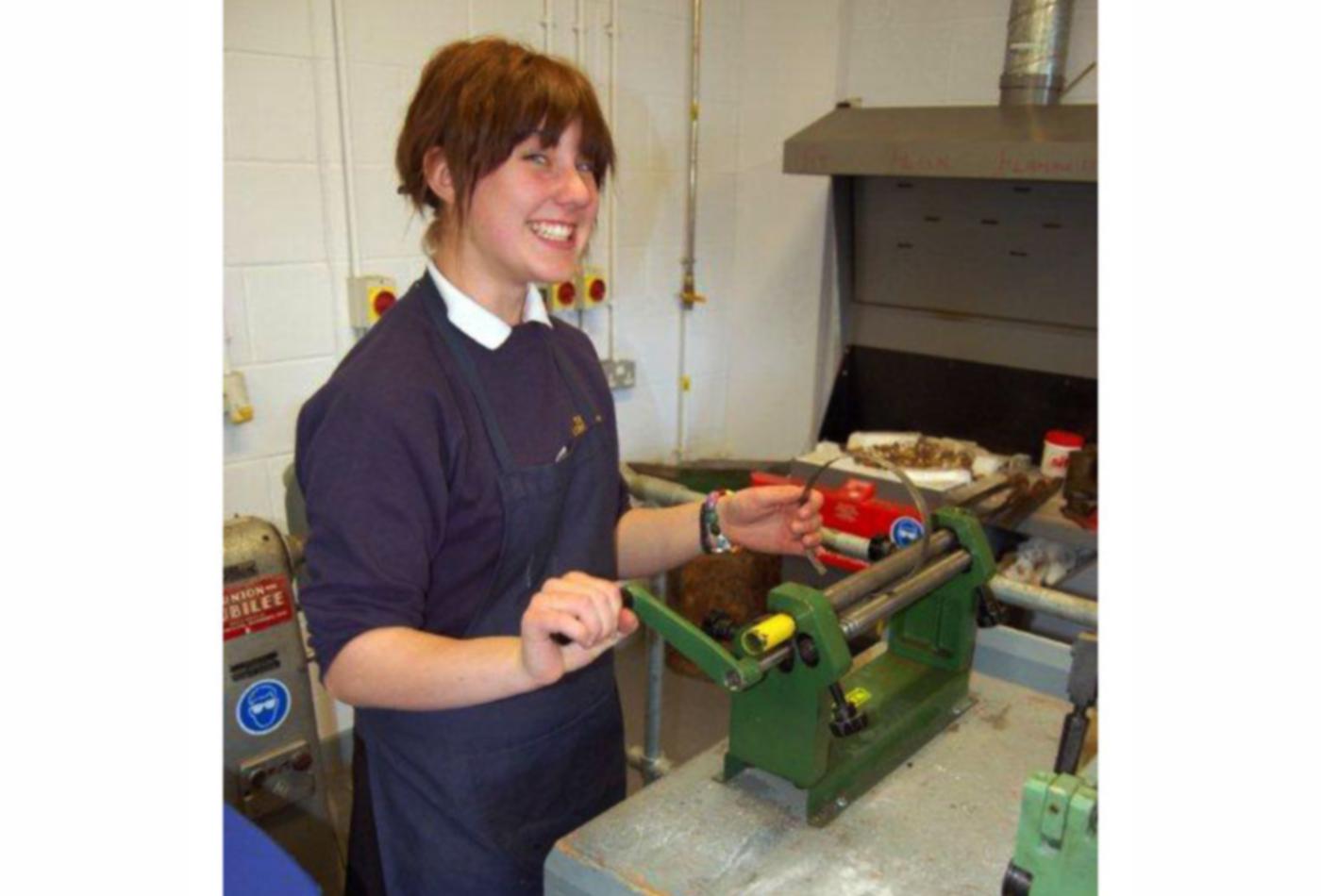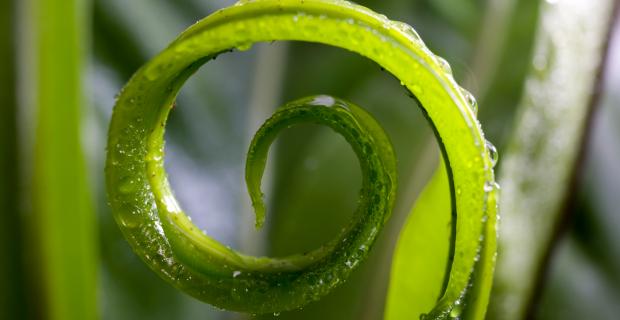Wind Power Project Offers a New Spin for Students

"Sometimes creativity goes a little bit with what we call 'misbehavior.'"
That's what Apple cofounder Steve Wozniak observes about his teenage days as an inventor, phreak, and hacker. It was an era in Woz's young life when he piled up math and science prizes and got in plenty of trouble, including a sentence to juvenile hall for rigging a classmate's locker with a prank "bomb."
"What I didn't know is that there had been some actual bomb threats at the school a few weeks earlier," writes Wozniak in his memoir, iWoz. "I probably didn't help myself any when I couldn't stop laughing when they told me."
But could it be equally true that creative expression — including creativity in science, technology, engineering, and math — is a way out of misbehavior for some students?
That's the conclusion you might draw from the work of Jonathan Peill, a UK science teacher at Wilsthorpe Community School in Derbyshire, who two years ago was tasked with developing an electronics course for middle school students.
Not familiar with teaching electronics, Jonathan quickly needed to draw on his own creativity. Inspired by a video of a hamster wheel that powered a nightlight, he adapted the concept and developed a student project for a small functioning wind turbine that students fabricate themselves from recycled bean tins. (Yes, there are the inevitable jokes about beans and wind.)
The project meets STEM requirements and emphasizes recycling and alternative energy, while providing deep engagement for the often neglected kinesthetic leaner.
But a surprising discovery was the project's benefit to so-called "misbehaving" students. Or as Jonathan puts it, "Pupils who usually display challenging behavior tend to be among the most enthusiastic and hard working." Some of these students had been on bad-behavior reports and suspended from school.
Now, many of these same students have flourished in their studies under Jonathan's direction. Why? He feels it is due to the opportunities for creativity and rewards embedded in the work itself, which he describes as "physical, self-paced, and structured, with a tangible outcome."

For example, some students who were scraping by in math can now routinely tackle equations like this: L=2y+x+104, where "L" is the length of a piece of metal in the turbine's frame.
Of course, there are plenty of top-notch students at Wilsthorpe who excel at electronics, too. Take Charlie, for instance, who built the wind turbine pictured in this article. When a team from the Center for Ecoliteracy demonstrated his turbine at the Hawai'i Island School Garden Network Summer Conference, it proved to be a huge hit on an urgently relevant topic. Hawai'i currently generates about 90 percent of its electricity from fossil fuels — mostly by burning fuel oil. Educators at the conference could instantly see the educational value of a turbine like Charlie's. The idea of widely distributed, small-scale energy production — as opposed to large wind farms that are costly and centralized, sometimes privately owned, and often unsightly — sparked discussions about how energy could be distributed more economically and democratically and in deeper accordance with nature's practices of diversity and resilience. Perhaps a combination of large wind systems bolstered by small innovative generators that drew from the waste stream in the form of recycled metals could provide a good solution for the islands, some educators reasoned.
Photos courtesy Jonathan Peill.
This blog originally appeared on Edutopia.



